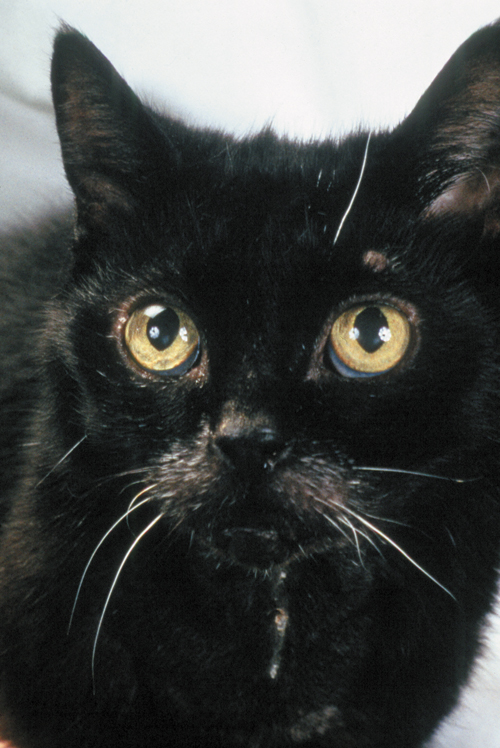Difference between revisions of "Feline Medicine Q&A 05"
Ggaitskell (talk | contribs) |
|||
| Line 31: | Line 31: | ||
The safest treatment option is, therefore, one of the medical agents, since these are reversible. The cat should be started on a low dose of carbimazole or methimazole and monitored closely (clinically and biochemically). <br><br> | The safest treatment option is, therefore, one of the medical agents, since these are reversible. The cat should be started on a low dose of carbimazole or methimazole and monitored closely (clinically and biochemically). <br><br> | ||
Should any worsening of the azotaemia be seen, treatment can be reduced or stopped. If the cat remains stable, treatments such as thyroidectomy can be considered. | Should any worsening of the azotaemia be seen, treatment can be reduced or stopped. If the cat remains stable, treatments such as thyroidectomy can be considered. | ||
| − | |l3= | + | |l3=Chronic Renal Failure |
</FlashCard> | </FlashCard> | ||
Revision as of 14:59, 10 August 2011
| This question was provided by Manson Publishing as part of the OVAL Project. See more Feline Medicine questions |
A 16-year-old neutered male DSH cat is presented with a 6-month history of severe weight loss. On clinical examination, the cat is noted to be extremely thin, weighing only 2.7 kg, and has bilateral thyroid nodules palpable in the neck. Examine the laboratory results which were obtained using blood collected after an 8- hour fast.
| Question | Answer | Article | |
| What is the assessment of these results? | Several abnormalities are present.
|
Link to Article | |
| What are the treatment options for this cat? | The treatment options available for this patient include
|
Link to Article | |
| Which of these options should be recommended to the owner and why? | There is a concern that this cat has renal failure which is being masked to an extent by its poor muscle mass and concurrent thyroid disease. |
Link to Article | |
